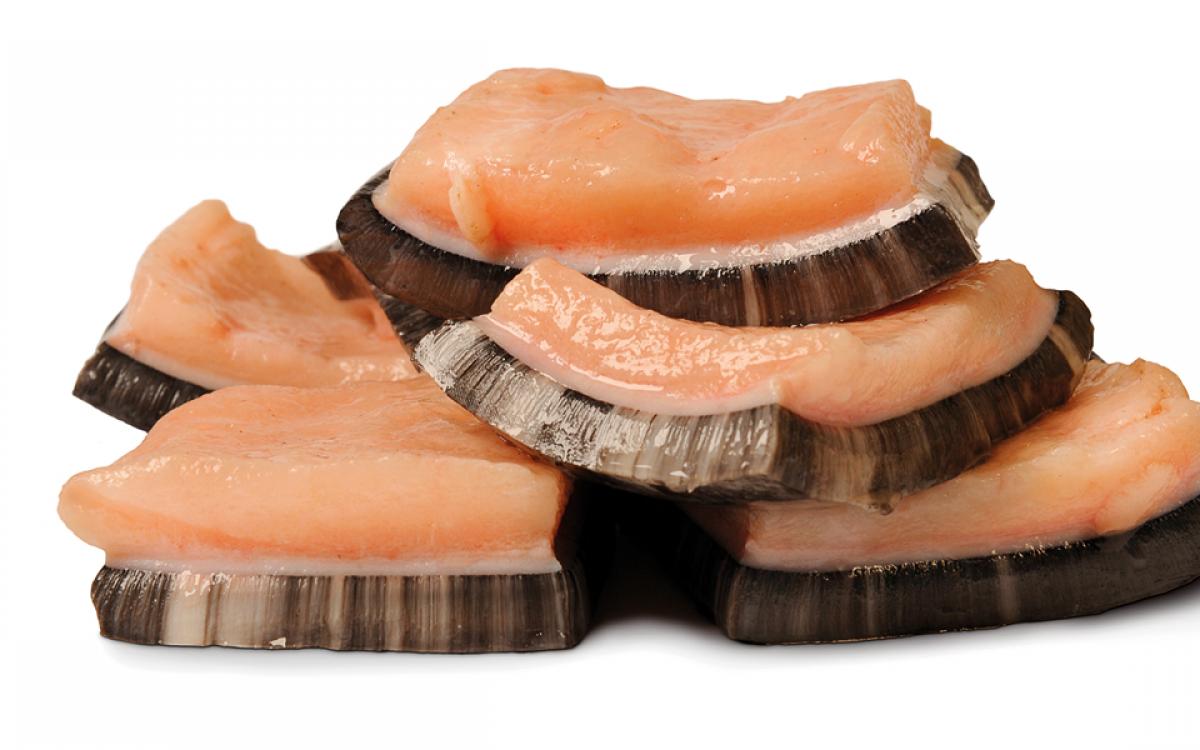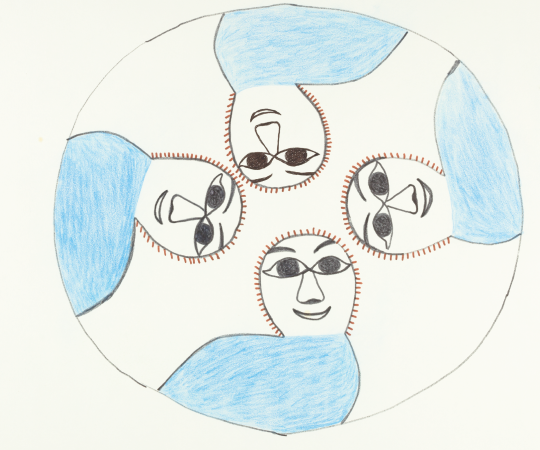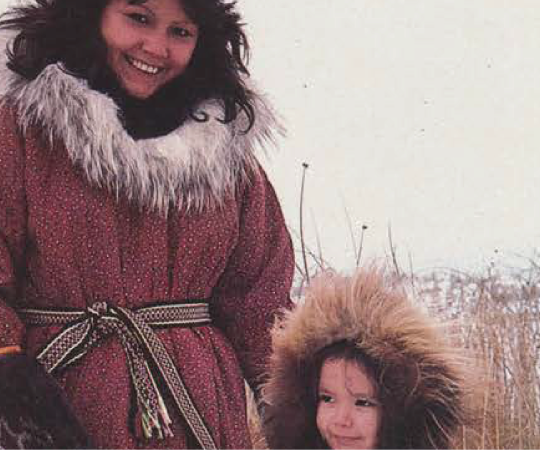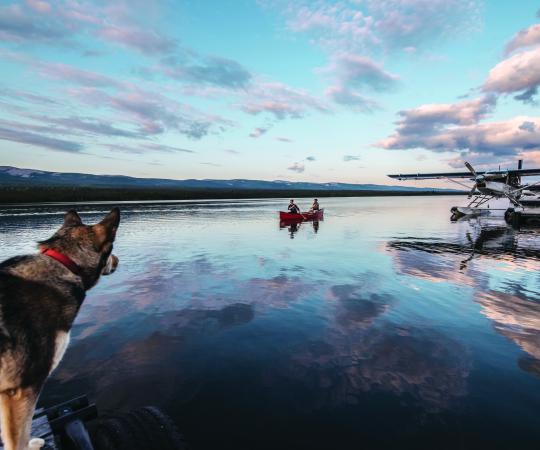Though you may not think it, different meats have a wide range of vitamins and minerals. Maktaaq—chunks of skin and blubber—is rich in protein, fat, vitamins A, D and E, and omega-3 fatty acids that help blood circulation. Seals are a versatile catch. Their meat offers many of those same nutrients and their organs, mostly livers and hearts, are a great source of iron and energy. Fish, like char, are rich also in vitamin B and calcium can be attained from eating the soft bones. Beluga blubber is rich in vitamin C (a fact Sir John Franklin probably would have found handy) as well as zinc and retinal. Caribou was, and is, one of the most important parts of the wild diet, its meat rich in protein and blood rich in iron, and everything can be eaten: the liver, tongue, brain, bone marrow, stomach, and even the partially digested lichen within the stomach. These organs provide iron, protein, zinc, vitamin A, selenium (which helps prevent cell damage), some calcium and vitamin C.
And how to get energy? The human body can break down protein into enough glucose to power the brain and provide some energy, and when confronted with a low-carb diet, can process fats into ketones to provide a reliable source of energy.










